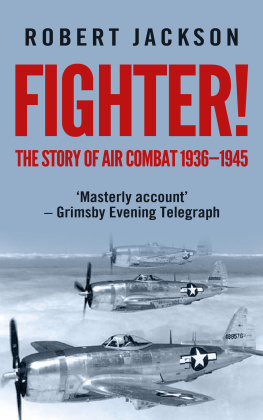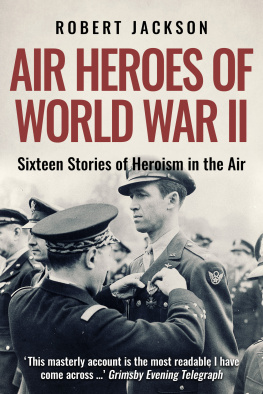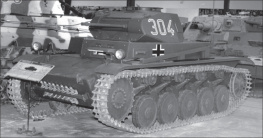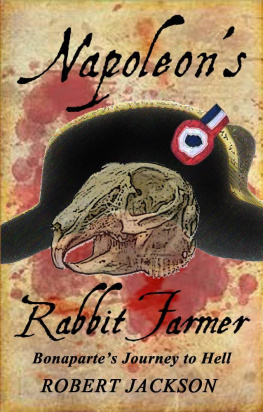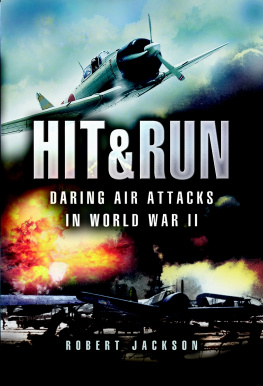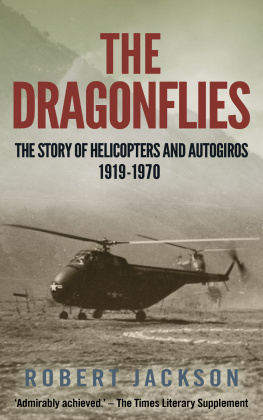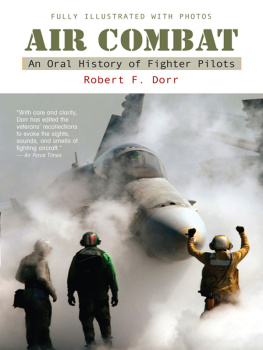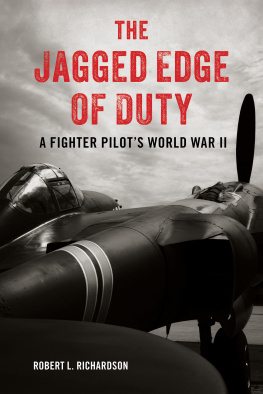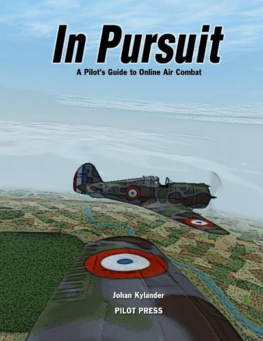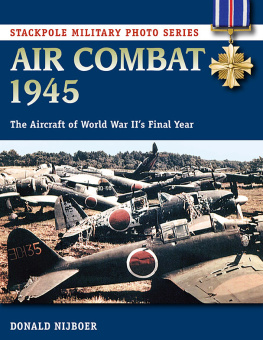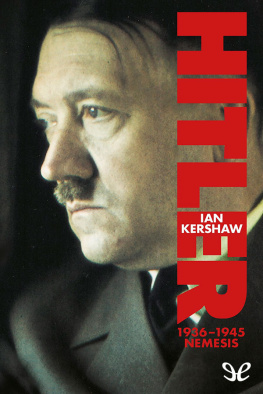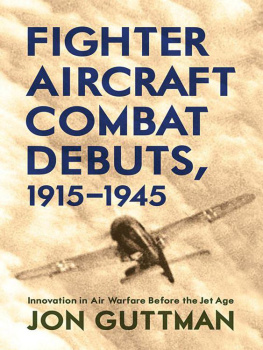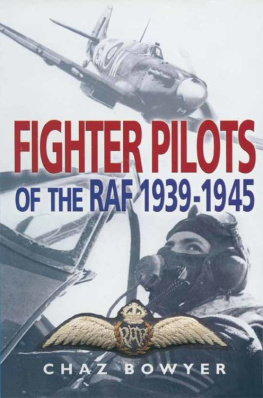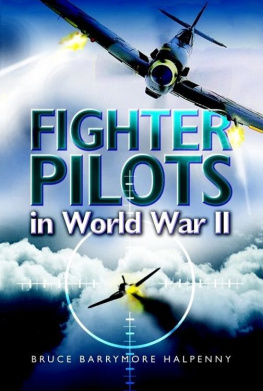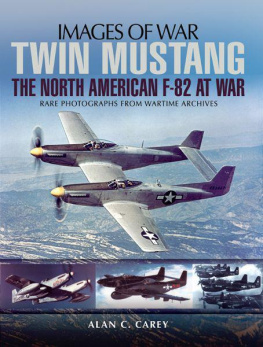FIGHTER!
The Story of Air Combat 1936-1945
Robert Jackson
Robert Jackson 1979
Robert Jackson has asserted his rights under the Copyright, Design and Patents Act, 1988, to be identified as the author of this work.
First published in 1979 by ARTHUR BARKER LIMITED.
This edition published in 2017 by Endeavour Press Ltd.
Table of Contents
Combat Over Spain
It was February, 1937. For seven months the flames of civil war had raged across Spain, setting brother against brother, father against son. Now, in the snow and freezing mud, lashed by the sleet that swept down on the wind from the northern mountains, men were fighting and dying in one of the bloodiest offensives of all that savage conflict: the battle for Jarama. Madrid was the goal of General Francos Nationalist forces, and on 6 February forty-one battalions struck hard at the Government forces assembled in the Jarama sector, hoping to smash the defensive shield that curved across the approaches to the Spanish capital.
The offensive failed. Although the Nationalists forged ahead at first, their progress became slower and slower in the face of fierce resistance and the appalling weather conditions until, by 18 February, it was completely at a standstill.
Early that morning, twenty-four biplanes droned high above the carnage of the battlefront. The aircraft were Fiat CR.32 fighters of the Casa Legionaria, the group of Italian volunteers sent to Spain by Mussolini to fight on the side of the Nationalists. All of them, in fact, were serving personnel in the Italian Air Force.
Three of the biplanes, however, were flown by Spaniards the most famous trio in Francos air force. Their names were Captain Garcia Morato and Lieutenants Salvador and Bermudez de Castro. Together they formed an elite unit known as the Blue Patrol. On their tails, standing out against the green and sand-yellow dappled camouflage, was Moratos insignia: three birds, a buzzard, falcon and blackbird inside a blue circle, with the old bullfighting motto Vista, Suerte y al Toro.
It was bitterly cold in the biplanes open cockpit. The chill wind tore at Moratos face as he leaned forward, his eyes probing the dangerous sky above the horizon. Ahead, and lower down, a flight of three-engined Junkers Ju 52 bombers cruised on serenely. Their task was to bomb the enemys lines of communication; the Fiats were to escort them as far as the front, then escort them on the way back assuming that the bombers survived. The bombers had suffered severe losses over the past few days, victims of the Russian-built 1-15 Chato and 1-16 Rata fighters that swarmed on the other side of the front line. They were flown not only by Spanish Government pilots, but by Soviet Air Force personnel too and by adventurers from half a dozen other countries, including the United States and France. Nevertheless, it was a squadron led by a Spaniard, Captain Andres Garcia La Calle, which had inflicted the most damage on the lumbering Junkers.
Black-and-yellow anti-aircraft bursts blossomed around the Nationalist formation as it crossed the front line. The Italian fighters began to jink wildly, then they turned and flew parallel with the front line, leaving Moratos Blue Patrol to escort the bombers alone. The Italians were obeying orders from their Air Ministry, which strictly forbade the fighter squadrons of the Italian Legion to fly over enemy territory.
The bombers were just beginning their run-in towards the target when Morato saw a cluster of glittering dots over on the left, a couple of thousand feet higher up. They were Government fighters all right; tubby little 1-15 biplanes. Morato had time to count thirty-six of them as they plummeted down in loose formation towards the bombers. Thirty-six against three. The Blue Patrol would be lucky if it came out of this scrap in one piece.
Morato waited, timing his next move with a skill born of many air combats. Suddenly, he pushed open the throttle and brought the stick back into his left thigh, bringing the CR.32 round in a steep climbing turn. His two wingmen, anticipating the move, clung grimly to his tail. The manoeuvre took the Government pilots completely by surprise. They broke and scattered in all directions as the three Fiats raced head-on towards them. An 1-15 flashed across Moratos nose and he fired a short burst. His bullets found their mark and the enemy fighter dropped away in a tight spiral, trailing smoke.
There was no time to follow the enemy aircraft down to make sure it was finished. The three pilots of the Blue Patrol found themselves enmeshed in a web of darting, twisting fighters, all trying for a shot at the bombers. Desperately, the gunners in the Junkers fought to bring their weapons to bear on the aggressive little fighters that came pouring in from all directions. Already, one of the bombers was pouring smoke from a shot-up engine.
An 1-15 rocketed past Morato and he turned in behind it, firing. The enemy pilot threw up his arms and collapsed in the cockpit. An instant later, the 1-15 stalled and dropped away in a spin. Sweating, Morato rolled hard to the left as bullets crackled past his own aircraft from an 1-15 sitting a few yards behind his tail.
Then, suddenly, the Government fighters put down their noses and dived away, their tubby shapes dwindling rapidly in the distance. Looking round, Morato saw the reason; the sky was full of Nationalist CR.32s.
Later, he learned that the leader of one of the Italian squadrons, Captain Nobili, had defied orders and broken away across the front line to the assistance of the hard-pressed Spaniards. Fortunately, the other Fiat squadron had hesitated only briefly before following suit.
For his part in this air battle, Joaquin Garcia Morato was awarded the highest Spanish military decoration the Laureate Cross of Saint Ferdinand. But to the young Andalusian there was nothing particularly heroic about his action in tackling overwhelming odds. He was a professional soldier and a veteran pilot at the age of thirty-three, and he had simply done his duty. Commissioned into the Spanish Army at the age of twenty, he had transferred to the newly-formed Air Arm and after learning to fly on Avro 504 trainers he had joined a bomber squadron at Melilla, his home town, flying de Havilland DH.9s. During the 1920s he had seen action in Morocco, where his DH.9 was shot down twice by ground fire from rebel tribesmen. After that, he had served with a seaplane squadron at Mar Chica and a reconnaissance wing at Getafe. Then in 1930 he had become a fighter instructor at the Military Aviation School, Alcala de Henares.
When the Spanish Civil War broke out he was in England, enjoying a few weeks holiday. Returning to Spain via France, he offered his services to Franco and flew French Nieuport 52s until the arrival of the first German Heinkel He 51s. When the Spanish He 51 squadron was disbanded, he transferred to the Italian Legions Fiat CR.32 group under Commander Fagnani. In December 1936 he formed the all-Spanish Blue Patrol, together with Salvador and Bermudez de Castro. He was to become the top-scoring pilot of either side, with forty enemy aircraft to his credit.
When civil war broke out in Spain in July 1936, the Republican Government enjoyed considerable numerical air superiority. Four fighter squadrons were available to support the Government forces, whereas the Nationalists possessed fewer than ten serviceable fighter aircraft. The total number of aircraft available to the Nationalists was fewer than one hundred; their Republican opponents had twice as many. Republican air power increased still further during August, when the predominantly anti-fascist French Government supplied seventy Dewoitine fighters.
Nevertheless, it was the Nationalists who were the first to receive aid from overseas. On 26 July 1936 Franco sent emissaries to Adolf Hitler, who promised German support for the Nationalist cause, and at the end of the month eighty-five Luftwaffe personnel and six Heinkel He 51 fighters sailed from Hamburg on the ss Usaramo , bound for Cadiz. The ship also carried spare parts for a number of Junkers Ju 52 bomber-transports, which had reached Spain by way of Italy. These aircraft were of vital importance to Franco, for they were used to transport thousands of Nationalist troops from North Africa to the Spanish mainland, each grossly overloaded Ju 52 making up to seven trips a day.

